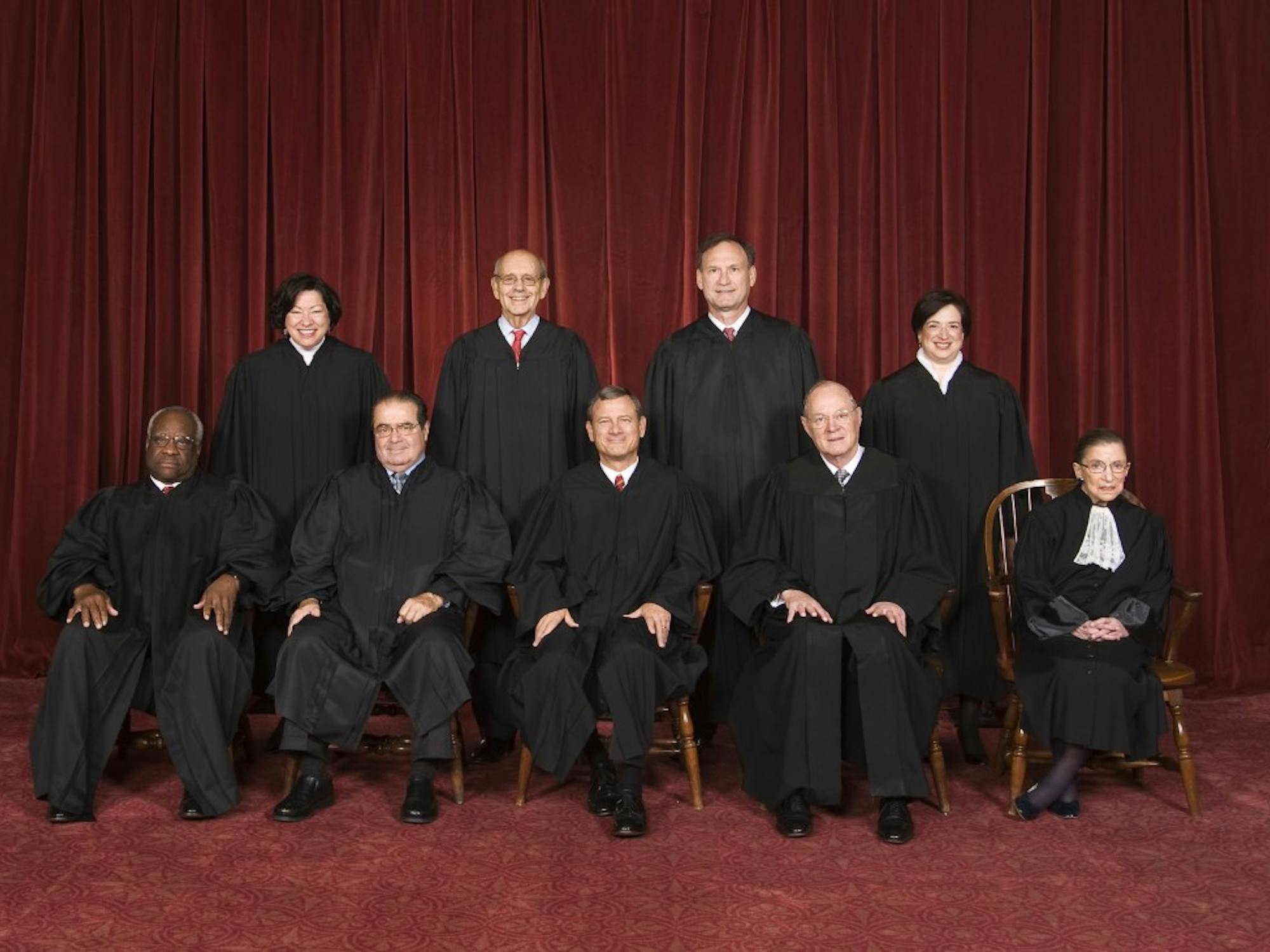The University of Texas put an interesting spin on the tired debate concerning affirmative action when Supreme Court Justice Samuel Alito challenged a particular statement within a brief from the university. Apparently, UT “seeks black and Latino students who grew up in affluent families with professional parents,” according to Los Angeles Times writer David Savage.
Generally, affirmative action makes sense because of the strong correlations seen between income and race in studies. According to the 2009 United States census, the most common income bracket for families who solely identified as black was $10,000 or less per year. An individual census unit was equal to 1,000 individual families, a whopping 1,062 units of black families were in this bracket compared to 4,068 units of white families.
At first glance, it appears more white families are in this bracket, but the census notes total family units – there were 64,145 units of white families compared to only 9,367 units of black families. Over 11 percent of black families were in the lowest income bracket compared to only 6 percent of white families, proving there are more impoverished minority families than white families. Numbers of Hispanic families also reflect this pattern, although the disparity between white and black is the largest.
Accepting this fact, it is clear why some employers and schools have affirmative action plans in place. Because more minorities tend to be poorer, offering a chance to succeed despite background allows more equality. Those opposing affirmative action see it as solely a race issue, completely disregarding the financial aspect tied to race in this country.
However, in the case of UT, affirmative action does not address the disparity between white and minority income brackets. Instead, the university made it possible to choose affluent minorities instead of middle or low-income white and minority students. UT noted this was an effort to increase diversity, but one wonders if race equals diversity, why does the school prefer minority students who come from affluent backgrounds?
Aligning with the original intentions of affirmative action, admitting students based partially on race should only be due to attempting to combat underprivileged backgrounds. Race itself should not be a factor, and only exists as a factor due to the tendency for minority students to come from lower-income brackets.
The university already follows the top 10 percent law from Texas legislation, meaning that all top graduates from any Texas high school must be admitted. However, the brief revealed the school’s affirmative action plan has the school choosing affluent minorities that did not graduate at the top of the class.
According to Savage’s article, Justice Anthony M. Kennedy said, “You are saying what counts is race above all else.” This sentiment is clear when UT chooses minority students that are neither underprivileged nor outstanding students. If the school wants to promote diversity, it makes sense to admit more out-of-state or international students.
This case perpetuates the misconception that affirmative action is giving an undue handout to students because of race. If income and GPA are disregarded, there is no reason to select a student based on race. This only makes it more difficult for efforts to level the playing field between the historically lower incomes of minorities and the higher incomes of whites.










